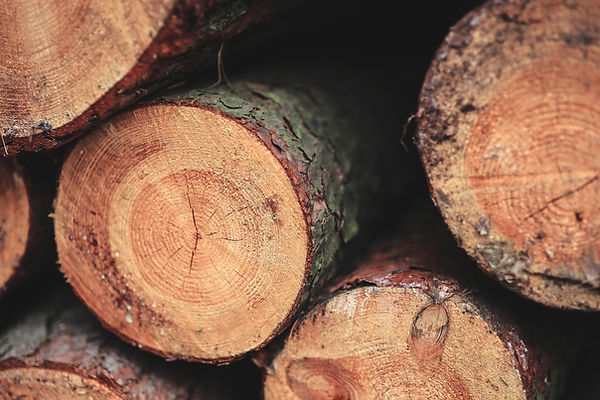CARVING CARE
What to Expect - The Nature of Wood
-
It's the nature of log wood to fluctuate with temperature and humidity, so cracks and checks will happen in log sculptures - they are a normal occurrence and can be embraced as part of the character of natural wood.
-
Kiln-dried lumber and glue-laminated timber block sculptures tend to be more stable and resistant to cracks and checks, but they can still occur.
-
Natural weathering of outdoor sculptures is expected over time.
-
Carvings for outdoor use are generally finished with spar urethane or timber oil featuring UV-resistant, mildew-resistant, and water-resistant properties.
-
Carvings for indoor use may use an alternative varnish.
-
Routine maintenance promotes optimal longevity of an outdoor wood sculpture.
General Maintenance Tips
-
For outdoor carvings, I recommend that owners routinely re-seal with spar urethane or timber oil 1-2 times per year, and targeted application as new cracks occur.
-
For indoor carvings, re-sealing isn't as necessary as it's not exposed to the elements.
-
If preferred, normal-occurring cracks may be touched up with same-colored paint or stain, and re-sealed. It is possible to fill cracks, but it will always look like a filled crack and is not my first choice unless absolutely necessary.
-
Insects are prone to love wood, especially outdoors. Carvings are pre-treated with natural insecticide at point of carving to eliminate any preexisting creepy-crawlies. If new insect activity appears (ie. visual bugs, piles of wood dust forming), I recommend treatment with insecticide spot spray or tent fumigation.
-
Clients are responsible for maintaining their own wood carvings.
-
Clients can contact me with questions or inquire about a service quote.

Installation Tips
-
Place outdoor wood sculptures on a level, well-drained surface such as paving stones, crushed rock, or bricks. If placing on concrete or similar surface, use spacers to prevent moisture being trapped underneath.
-
Avoid placing on grass or dirt.
-
Installing under shelter (ie. covered deck, porch, pavilion, gazebo) helps protect the sculpture's longevity by reducing exposure to weather and sun.
-
Secure the sculpture to prevent theft and/or tipping. Each installation is unique, but here are a few ideas:
-
If placed on a wood deck, a sculpture can be secured from underneath using screws/lag bolts
-
Metal brackets with a 90-degree angle can be installed at the base - secure into the side of the wood with screws/lag bolts, and to the surface below with ground posts/concrete anchors/lag bolts/screws.
-
An eye-bolt or U-bolt installed onto the base of the carving can be secured to an anchor point with chain/cable.
-
-
Signage/fencing may prevent damage from unwanted touching/climbing
-
Indoor installation: avoid close proximity to heat sources, vents, fans, and excessively drying conditions. Place spacers or furniture sliders beneath to allow air flow.
-
Consider insuring the artwork.
-
Ask me for advice or inquire about custom installation service.

